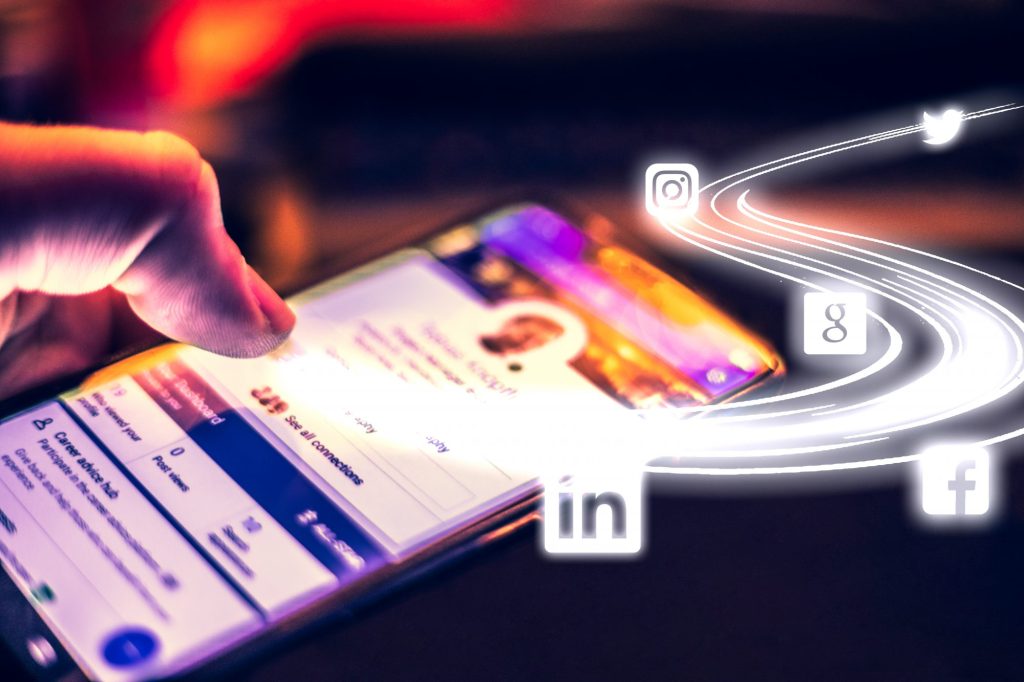
Communication has always been at the heart of human interaction, shaping the way we connect, collaborate, and share ideas. From ancient cave paintings to the digital platforms of the 21st century, the evolution of communication has been a journey marked by innovation, adaptation, and the relentless pursuit of connection. In this article, we’ll explore the dynamic life of media, tracing its evolution from its earliest beginnings to the digital age of today.
The Birth of Communication: From Cave Paintings to Written Language
The story of communication begins thousands of years ago, with our ancestors using cave paintings, symbols, and gestures to convey information and express ideas. As civilizations evolved, so too did their methods of communication, with the invention of written language revolutionizing the way we record and transmit knowledge. From ancient scrolls to illuminated manuscripts, the written word became a powerful tool for sharing stories, preserving culture, and fostering connection across vast distances.
The Age of Print: Gutenberg and the Printing Press
The invention of the printing press in the 15th century marked a turning point in the history of communication, democratizing access to information and sparking a cultural revolution. Johannes Gutenberg’s revolutionary invention made it possible to produce books, pamphlets, and newspapers on a mass scale, paving the way for the dissemination of knowledge and the spread of ideas across Europe and beyond. The printed word became a catalyst for social change, fueling movements for reform, enlightenment, and revolution.
The Rise of Mass Media: From Radio to Television
The 20th century witnessed the rise of mass media, as technological advancements such as radio and television brought news, entertainment, and information into the homes of millions around the world. From the iconic broadcasts of Orson Welles’ “War of the Worlds” to the televised moon landing, mass media became a powerful force for shaping public opinion and shaping the cultural zeitgeist. Radio and television transformed the way we consume media, ushering in an era of mass communication and mass culture that would define much of the 20th century.
The Digital Revolution: From the Internet to Social Media
The advent of the internet in the late 20th century heralded a new era of communication, as digital technology transformed the way we create, consume, and share media. From the World Wide Web to social media platforms like Facebook, Twitter, and Instagram, the digital revolution has democratized access to information and given rise to a new generation of content creators and influencers. Today, anyone with an internet connection can publish their thoughts, ideas, and creations to a global audience, blurring the lines between producer and consumer and redefining the nature of communication in the process.
Conclusion: Embracing the Future of Communication
As we look to the future, the evolution of communication shows no signs of slowing down. From virtual reality and augmented reality to artificial intelligence and machine learning, emerging technologies promise to revolutionize the way we connect, collaborate, and communicate with one another. By embracing innovation, adapting to change, and staying curious about the possibilities of tomorrow, we can ensure that the dynamic life of media continues to evolve and inspire for generations to come.


